
Voiceover artists play a crucial role in bringing characters and narratives to life, lending their voices to commercials, animations, video games, and audiobooks. However, the path to delivering a perfect performance is not without its hurdles. Fortunately, soundproof booths have become indispensable tools that help voiceover artists overcome these challenges. In this article, we'll dive into the common obstacles faced by voiceover artists and how soundproof booths offer effective solutions.
Challenge 1: External Noise Disturbances
Voiceover work demands intense concentration. External distractions, such as ringing phones, doorbells, or unexpected visitors, can disrupt the creative flow and lead to frustrating setbacks. Voiceover artists often grapple with external noise disruptions, ranging from street traffic to noisy neighbours and household appliances. These unwanted sounds can wreak havoc during recording sessions and result in frustrating retakes.
Sollution:
Soundproof booths are meticulously engineered to establish a controlled acoustic environment. They leverage specialized materials like acoustic foam and mass-loaded vinyl to effectively block external noises. Inside a soundproof booth, voiceover artists can concentrate solely on their performance, free from the intrusion of disruptive sounds. Within these soundproof booths, voiceover artists can fully immerse themselves in their scripts without fear of interruptions, resulting in more efficient and productive recording sessions.
Challenge 2: Room Acoustics
Poor room acoustics represent another common obstacle. Unwanted echoes, reverberations, and sound reflections can mar the quality of recordings, undermining their professionalism.
Solution:
Soundproof booths are thoughtfully designed with acoustic treatment in mind. They incorporate sound-absorbing panels and acoustic blankets that help eliminate echoes and ensure that the artist's voice is captured with crisp clarity, devoid of any unwanted resonance.
Challenge 3: Inconsistent Sound Quality
Voiceover artists often contend with variations in sound quality due to changing recording environments. This inconsistency can pose a challenge to maintaining a professional standard across different projects.
Sollution:
Soundproof booths provide a consistent recording environment, ensuring that every project, whether conducted at home or in a studio, maintains a uniform sound quality. This consistency is vital for building a reputable voiceover career.
Conclusion:
 Voiceover artists face a unique set of challenges on their journey to vocal perfection. Soundproof booths have emerged as invaluable allies, offering practical solutions to the most common issues they encounter. These soundproof booths provide a tranquil sanctuary, shielding artists from external disturbances, ensuring unwavering sound quality, and enabling uninterrupted focus on their craft. As voiceover artists continue to pursue excellence, soundproof booths serve as a testament to how technology can elevate the art of voice acting — one flawless and clear recording after another.
Voiceover artists face a unique set of challenges on their journey to vocal perfection. Soundproof booths have emerged as invaluable allies, offering practical solutions to the most common issues they encounter. These soundproof booths provide a tranquil sanctuary, shielding artists from external disturbances, ensuring unwavering sound quality, and enabling uninterrupted focus on their craft. As voiceover artists continue to pursue excellence, soundproof booths serve as a testament to how technology can elevate the art of voice acting — one flawless and clear recording after another.









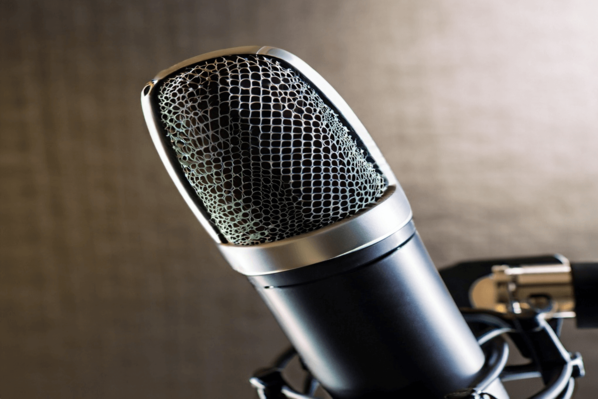


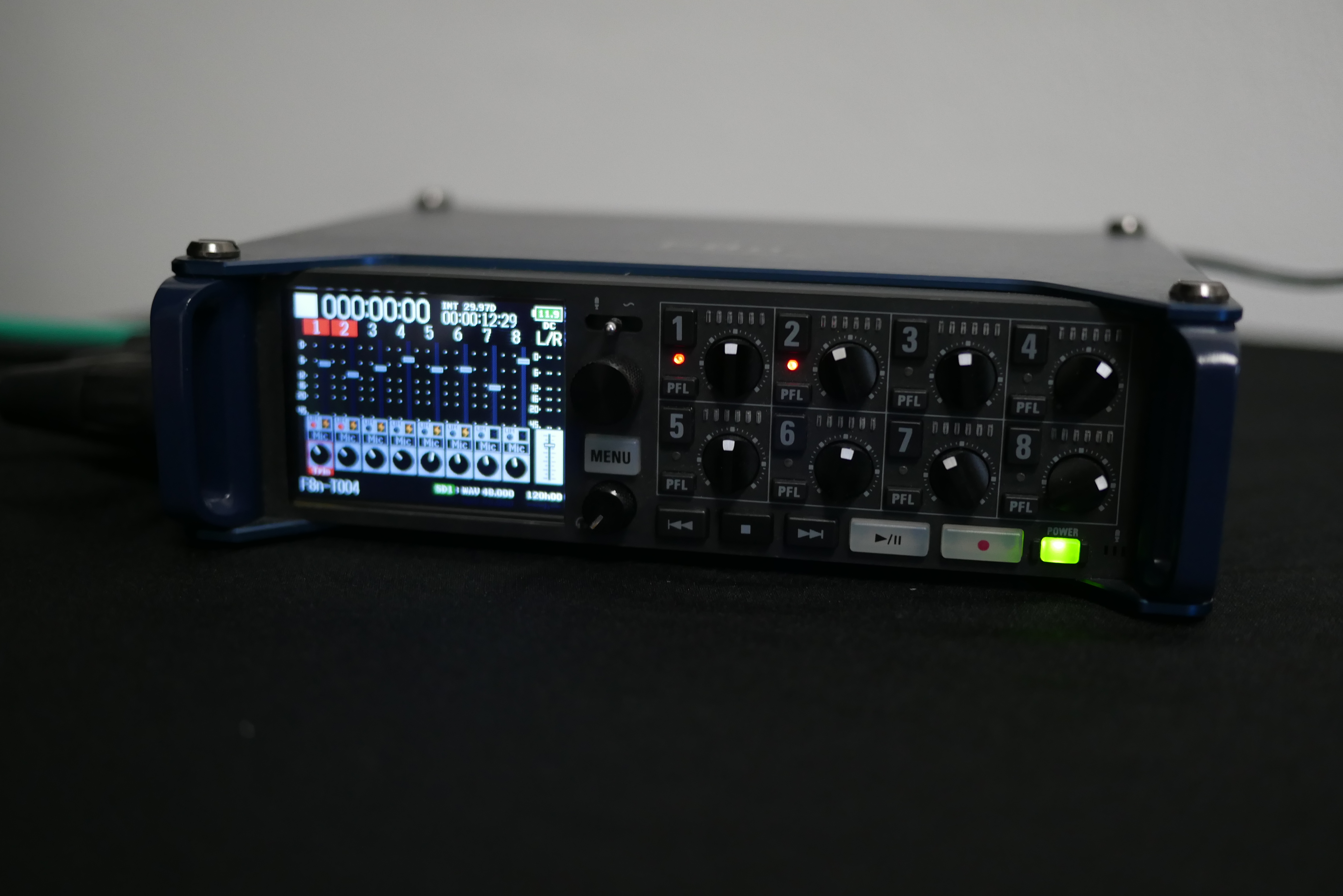

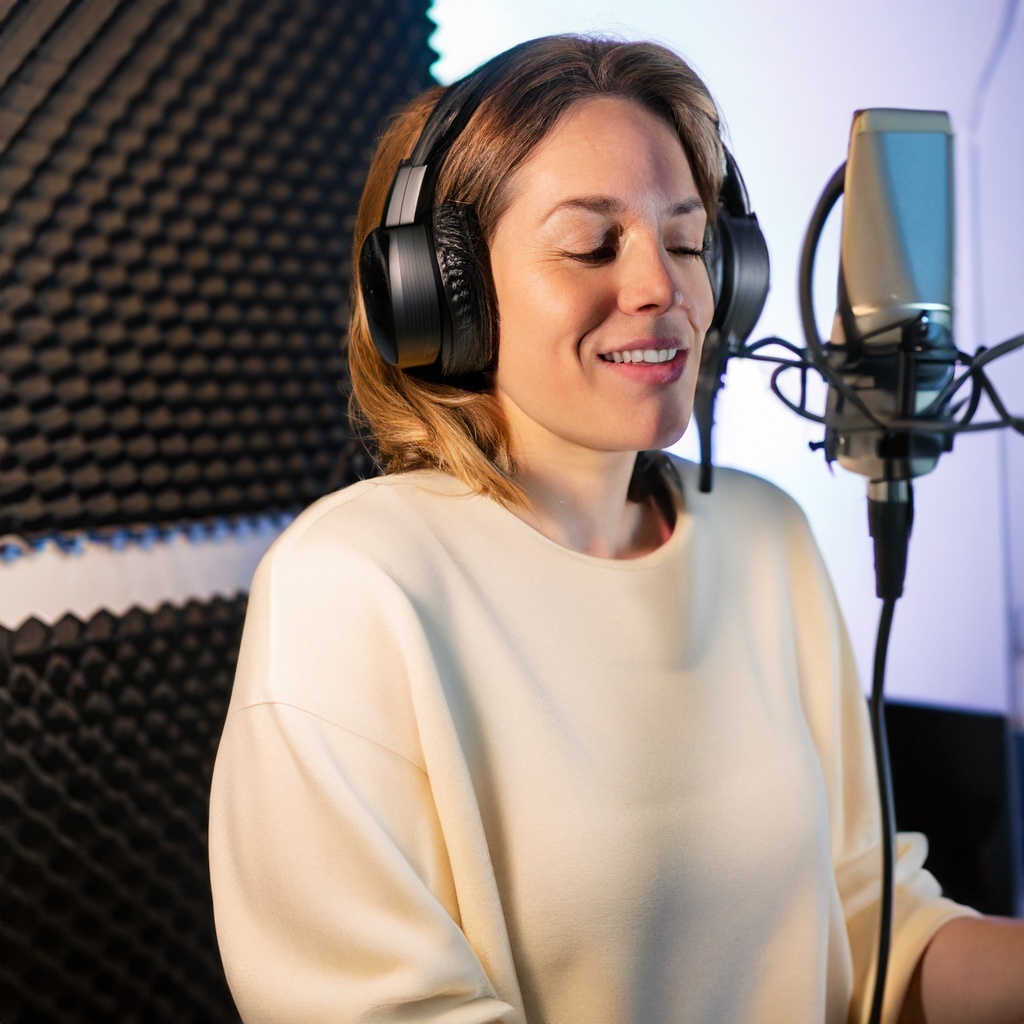
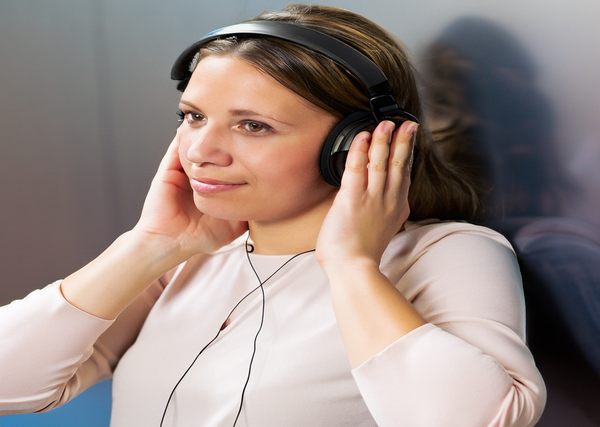







.jpg)


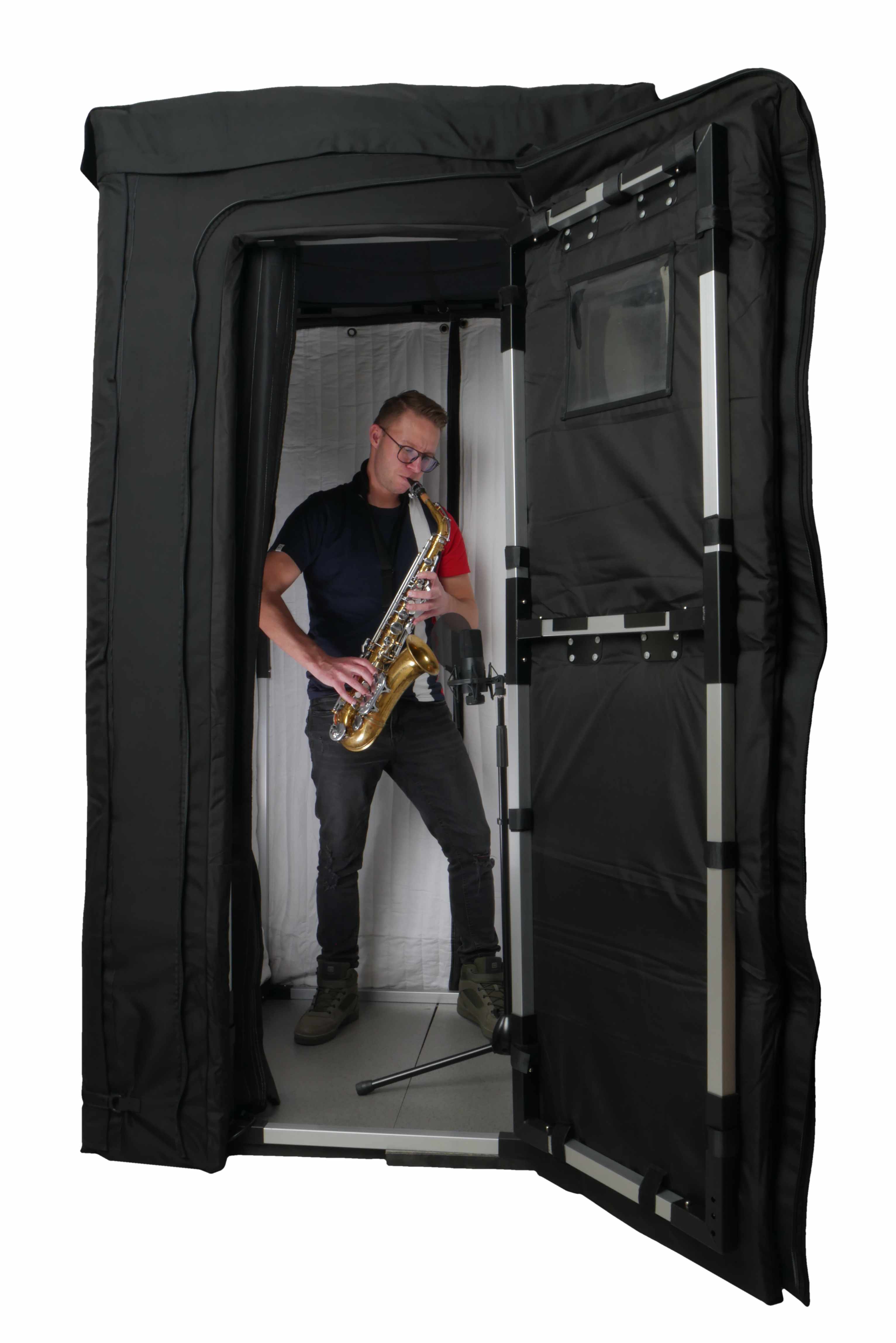
 An
An 
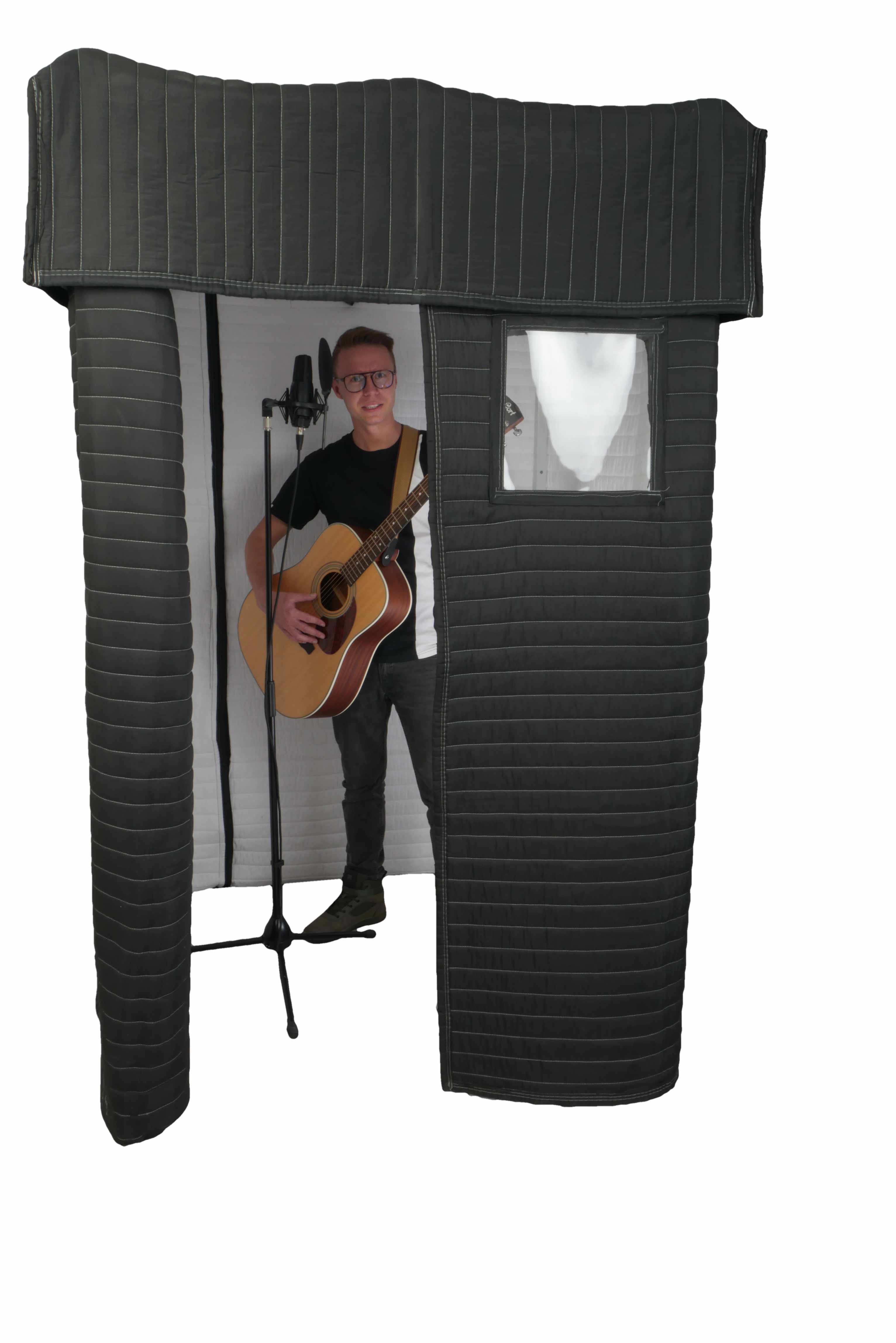



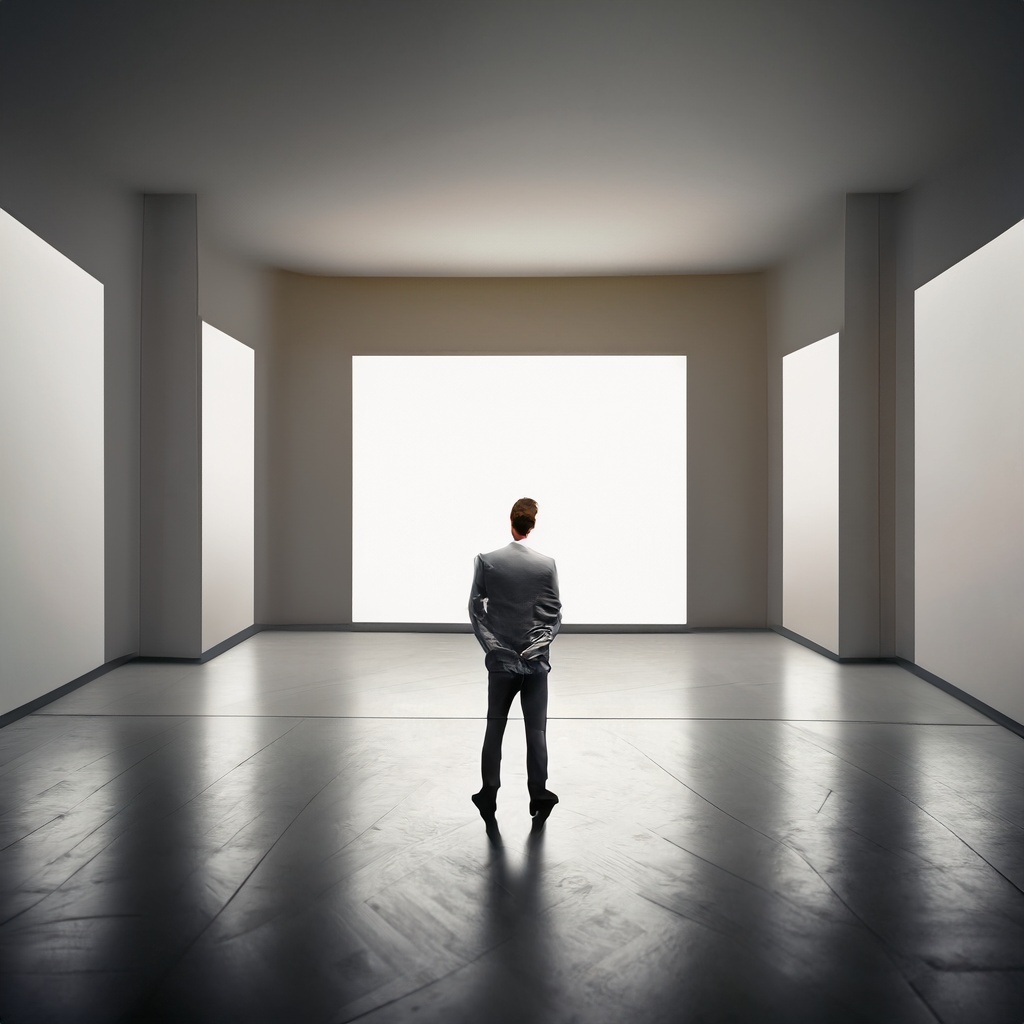


 Before making a final decision, research various
Before making a final decision, research various 


 The customer used the black rod from the photo stand to hold the roof so that it doesn't bend inside, but you can use any other rod, even from a broom.
The customer used the black rod from the photo stand to hold the roof so that it doesn't bend inside, but you can use any other rod, even from a broom.
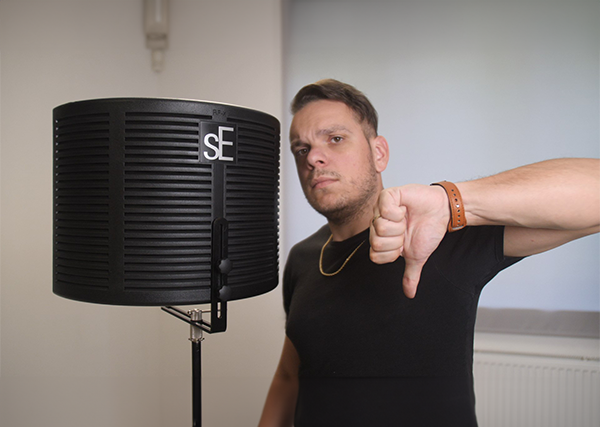
 In the pursuit of high-quality audio recordings, reflection filters have become a favorite tool of many recording enthusiasts and professionals alike. These devices promise to improve vocal clarity and focus by reducing unwanted reflections and ambient noise. However, their effectiveness is more than doubtful. This article aims to shed light on the reasons why reflection filters may not always be the ideal solution for achieving optimal audio recording quality.
In the pursuit of high-quality audio recordings, reflection filters have become a favorite tool of many recording enthusiasts and professionals alike. These devices promise to improve vocal clarity and focus by reducing unwanted reflections and ambient noise. However, their effectiveness is more than doubtful. This article aims to shed light on the reasons why reflection filters may not always be the ideal solution for achieving optimal audio recording quality. A great and especially functional alternative to reflection filters is our
A great and especially functional alternative to reflection filters is our 

